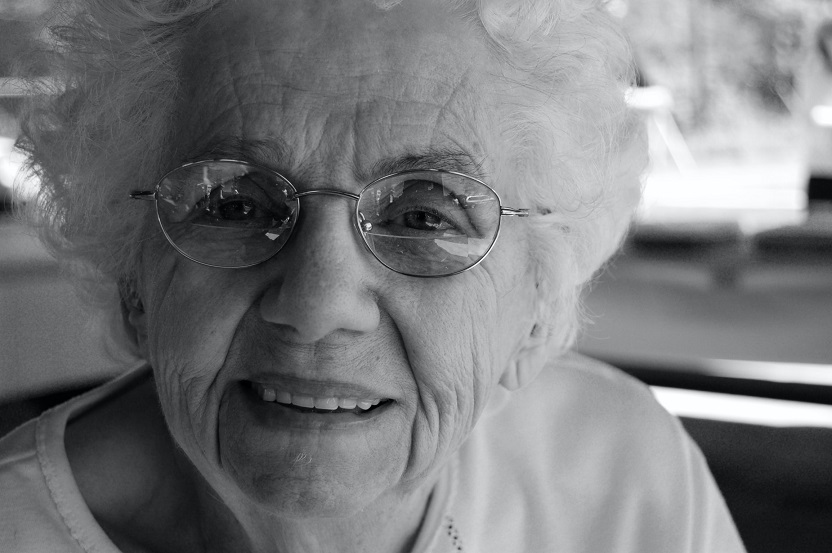
Optometry 2022: The Profession’s Priorities in an Election Year
With 2022 being a year where there was a federal election in addition to the annual handing down of the federal budget, Optometry Australia has been advocating for the profession.
Pre-budget submission
Optometry Australia’s 2022-2023 Pre-Budget submission was centred on 5 measures. These were:
- A focused eye health awareness campaign – $500K over 2 years
- Building health professional awareness of eye health, focused on chronic health conditions – $500K over 2 years
- Intravitreal injection collaborative care pilot in regional Australia – $500K over 2 years
- Increasing the optometric domiciliary loading benefit for Residential Aged Care Facility visits – $500K per annum
- Increasing funding for the Visiting Optometrists Scheme to improve access to eye care for First Nations peoples – $18.1 million over 5 years
Optometry Australia’s President Murray Smith said that many Australians being unable to access timely eye care and an ageing population was putting pressure on an already over-stretched tertiary eye care system.
‘A key part of the solution to ensure Australians have timely, affordable access to safe eye care is to make the best possible use of our highly skilled optometric workforce.
‘We can do this by ensuring Australians, and particularly those with chronic conditions like diabetes, are encouraged to access regular eye examinations so eye disease, often asymptomatic in its early days, can be detected early and managed effectively.
‘We also need to ensure that the skills of our optometrists are being used for the best benefit of the community. In Australia for instance, optometrists are unable to prescribe oral medications despite their counterparts in New Zealand, the United Kingdom and elsewhere doing so safely for many years,’ Mr Smith said.
He added that in other countries optometrists are also used to support treatment for vision threatening diseases such as macular degeneration and diabetic eye disease which require ongoing monitoring and treatment.
‘Conversely in many parts of Australia patients face significant issues accessing this type of ongoing care when more effective use of our skilled optometrists could help address this situation.
‘Achieving this will require supportive funding and regulatory change,’ said Mr Smith.
Pre-federal election
In the lead up to the federal election, Optometry Australia again raised the issue around domiciliary visits by optometrists.
According to Optometry Australia, for a cost of $0.93 per person annually, there would be a significant improvement to access to eye care in Residential Aged Care Facilities.
Optometry Australia President, Mr Murray Smith said, ‘This small investment – adding up to only $500,000 per annum – would encourage many more optometrists to provide safe domiciliary eye care services to vulnerable elderly and immobile Australians.
‘To achieve this requires a shift in MBS policy as the current rebate of $24.20 per domiciliary visit is grossly inadequate, leaving many optometrists out of pocket. The true cost requires an increase to $85 per visit’.
Mr Smith, said: ‘We want individuals and governments alike to recognise that your eye health is not a lost cause once you turn 65. While older people are more likely to develop a chronic vision disorder, early diagnosis and treatment can stop or slow the progression of many conditions.’
Post-federal election
Following the May 2022 federal election, Optometry Australia stated its intention to appeal to the new Labor Government to escalate eye health reform as part of its overarching health agenda, pointing out Labor’s pre-election campaign commitment to implementing primary care reforms costing close to $1 billion over 4 years.
In June 2022, Optometry Australia indicated that they intended to discuss fairer Medicare indexation with the Hon Mark Butler, Federal Minister for Health. They identified that an indexation increase of 1.6% for optometry item numbers in the Medicare Benefits Schedule lagged significantly behind the Consumer Price Index which rose 5.1% in the past 12 months (ABS April 2022).
CEO, Lyn Brodie, said that Optometry Australia fought hard to have optometry included in the MBS schedule in 1975 but since 1997 adjustments to the Optometric Medicare Benefits Schedule have continued to significantly lag CPI.
‘A freeze in indexation for optometry between 2013 and 2019, plus a 5% cut to MBS rebates introduced by the government in 2015, has resulted in Medicare rebates in real terms in 2022 being a decade behind where they should be today.’
Ms Brodie said that the gap between what optometrists can claim in Medicare rebates for patient consultations and the real cost of providing this service, has been widening for the past 35 years, but the real damage has been done in the past 10 years.
‘Optometrists will have no choice but to charge patients more and more out-of-pocket costs. There are already too many Australians who are unable to access the timely care they need and we believe lagging Medicare indexation will contribute to a national eye health crisis.
‘Any increase in fees a patient is asked to pay can result in them delaying, or ignoring, the need for regular eye examinations and this will put the eye health of many at risk.
‘With half of Australia’s population already suffering long-term eye conditions, Optometry Australia is doing everything in our power to seek the government’s commitment to reverse, not contribute to, this alarming statistic.’
